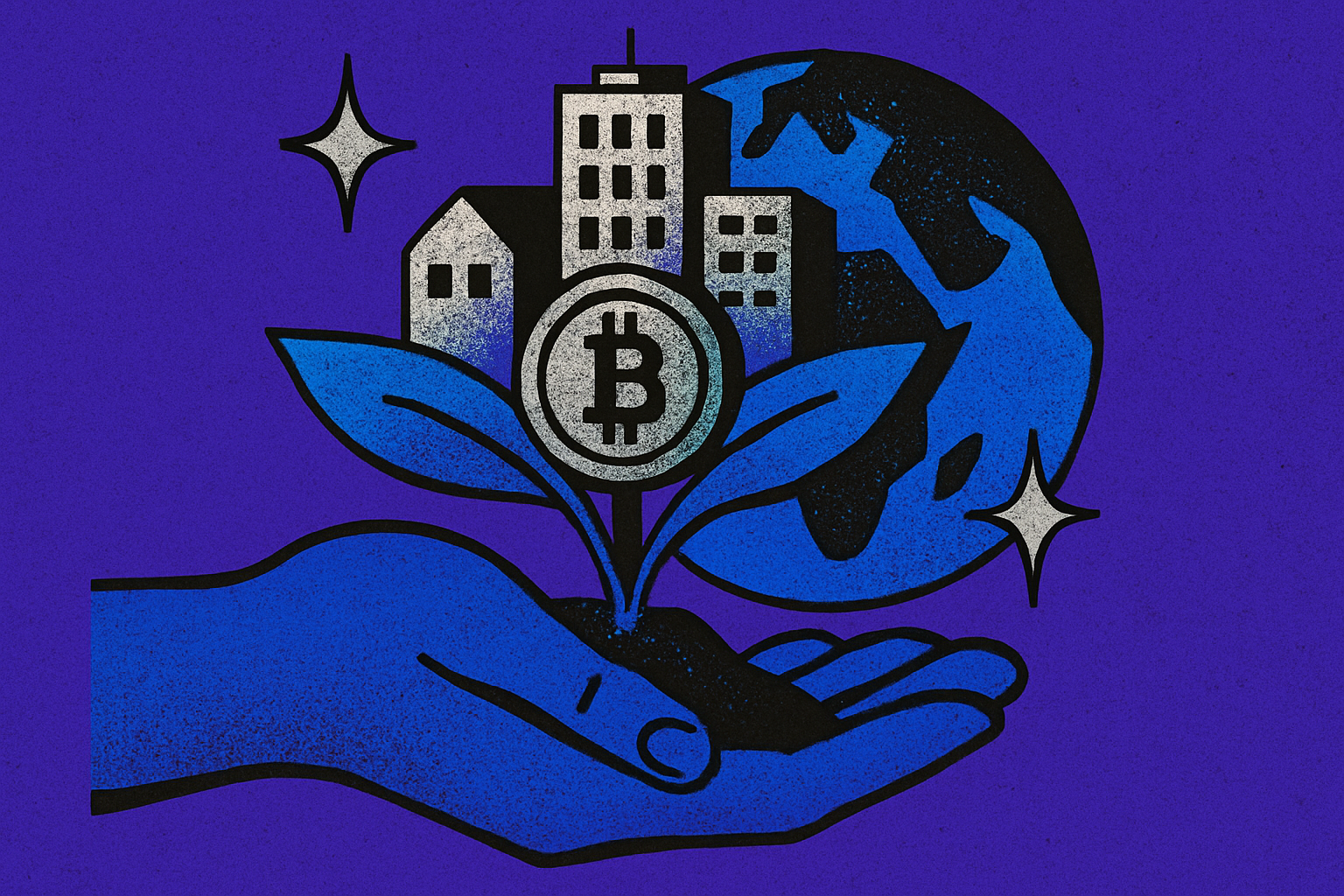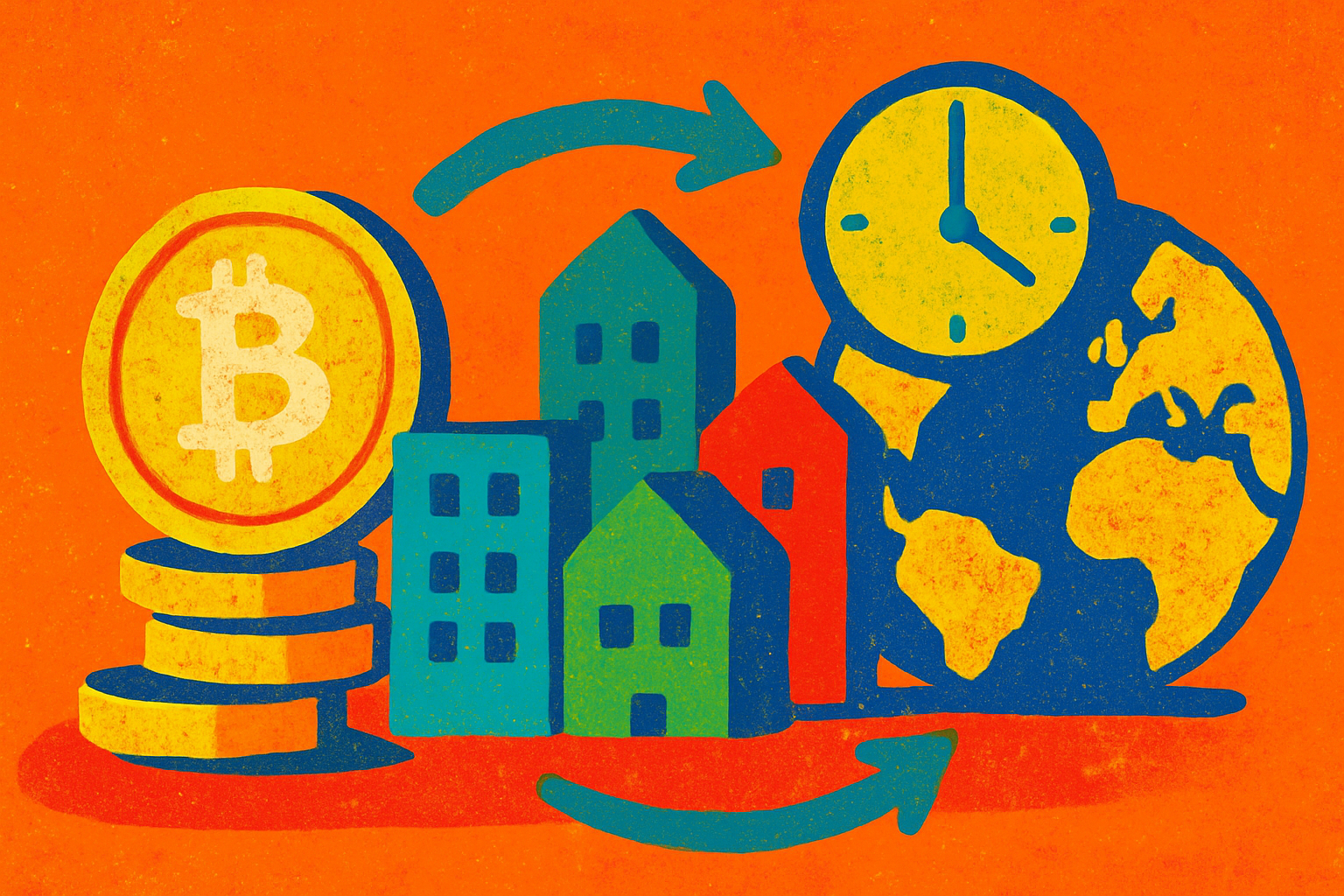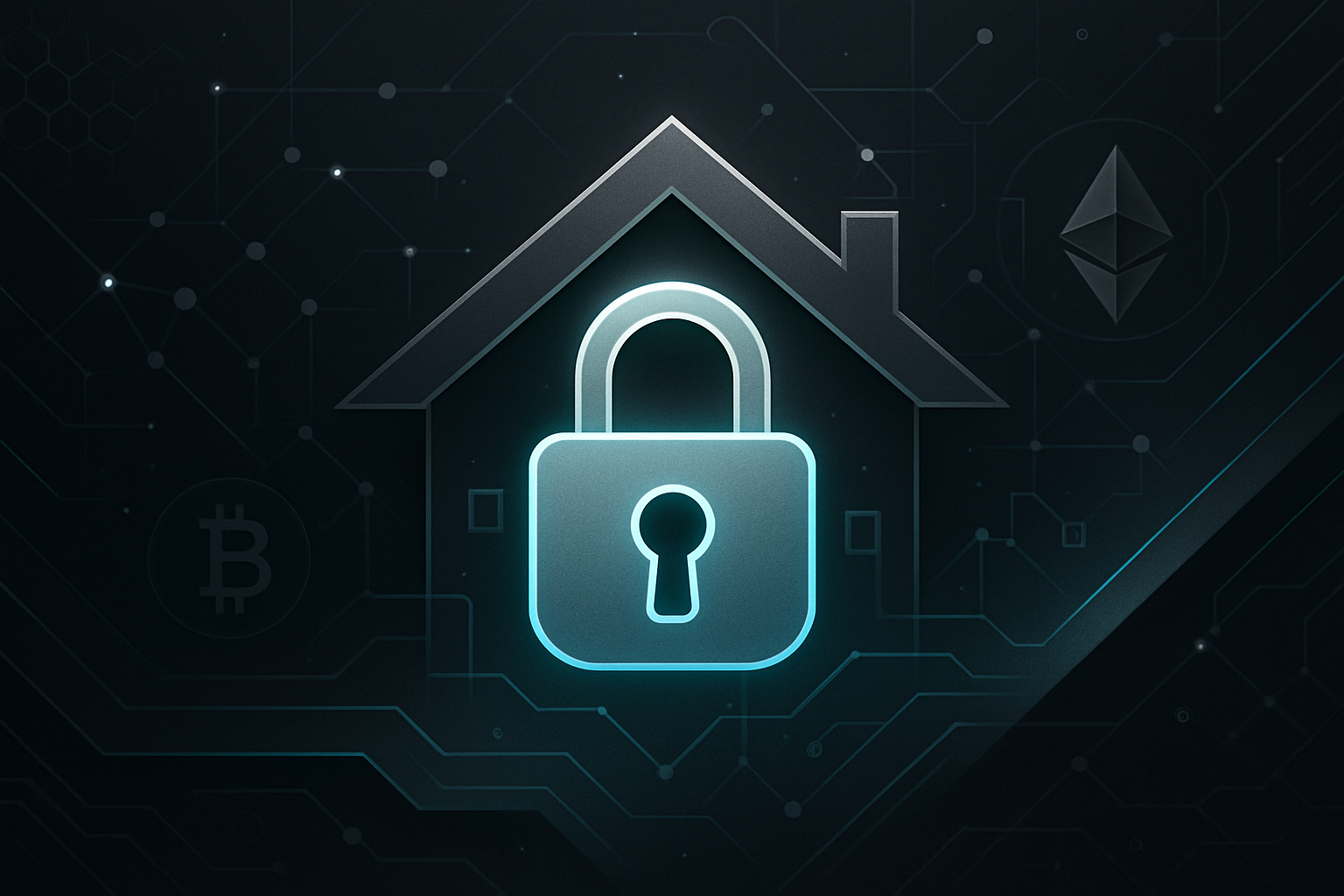How Tokenized Real Estate is Transforming Global Property Investment for Crypto Enthusiasts

The global real estate market is undergoing a profound transformation, driven by the rapid adoption of blockchain technology and the rise of tokenized property assets. For crypto enthusiasts seeking diversification beyond digital currencies, tokenized real estate investment offers a compelling new frontier. By converting physical properties into blockchain-based tokens, this model delivers enhanced liquidity, fractional ownership, and borderless access to previously illiquid markets.

Fractional Ownership: Lowering Barriers for Global Investors
Historically, real estate has been reserved for investors with significant capital and access to exclusive networks. Tokenization changes this dynamic by splitting high-value assets into smaller, tradable units on the blockchain. Platforms like RealT and Lofty have pioneered this model, allowing individuals to invest with as little as $50 or $100. This approach democratizes property investment and welcomes a more diverse investor base from around the world.
The appeal is clear: instead of committing hundreds of thousands to a single property, investors can allocate small sums across multiple assets and geographies. This flexibility not only reduces concentration risk but also unlocks new strategies for portfolio construction, particularly attractive for crypto-native investors accustomed to fractionalized digital assets.
For those interested in deeper analysis of how fractional ownership is reshaping access, see this exploration of democratizing property investment.
Liquidity Unlocked: 24/7 Trading of Blockchain Property Tokens
Traditional real estate is notorious for its illiquidity; sales can take months and often require intermediaries at every step. In contrast, tokenized assets can be traded on secondary markets in near real time, sometimes 24/7, much like cryptocurrencies themselves. This innovation substantially reduces the so-called “illiquidity discount” that has historically plagued property investment.
Leading platforms such as tZERO and Blockimmo are facilitating these trades, offering global participants seamless entry and exit points across a range of properties. However, it’s important to temper expectations: while the infrastructure exists for instant trading, actual liquidity depends on active participation from buyers and sellers. Recent studies indicate that some real-world asset tokens still experience low trading volumes; thus, realizing full liquidity potential will require ongoing progress in legal frameworks and market adoption.
A comprehensive look at how tokenization addresses these challenges can be found here.
Global Reach and Transparency: Redefining Cross-Border Property Investment
Global real estate tokenization breaks down geographical barriers that once limited cross-border investment. Investors from Asia can now hold fractional stakes in U. S. commercial buildings or European residential portfolios, all without navigating complex local bureaucracy or currency controls. Blockchain’s immutable ledger ensures every transaction is transparently recorded on-chain, reducing fraud risk and providing instant proof of ownership.
This transparency extends beyond simple title transfers; smart contracts automate compliance checks, manage rental distributions, and handle regulatory reporting with minimal human intervention. The result is a streamlined process that minimizes administrative friction while enhancing security, a major draw for both retail crypto enthusiasts and institutional players alike.
For further insights into how blockchain technology enables secure cross-border investing through tokenization, visit this resource on cross-border property investment.
Institutional adoption is accelerating, with major players like Securitize and Harbor advancing regulatory-compliant platforms for tokenized property investment. In March 2025, Harbor’s partnership with a leading developer to tokenize luxury residential portfolios illustrates how the market is maturing: both retail and accredited investors now gain access to premium assets that were previously out of reach. Securitize’s SEC-compliant platform further underscores the sector’s shift toward mainstream acceptance, offering automated compliance and faster settlement cycles to reduce operational risk.
Yet, as the market grows, it faces practical challenges. Liquidity remains uneven across different tokenized assets, with some tokens experiencing limited trading activity despite the promise of 24/7 markets. This gap highlights the need for coordinated development between technology providers, regulators, and institutional capital sources. As legal frameworks evolve and more institutional money enters the space, we can expect trading volumes and price discovery to improve, but investors should remain cautious in their assumptions about immediate liquidity.
Risk Management in Tokenized Real Estate: What Crypto Investors Need to Know
For crypto enthusiasts accustomed to digital asset volatility, tokenized real estate offers diversification but introduces its own set of risks. Regulatory uncertainty is a key concern; while recent advances have made compliance easier in some jurisdictions, global harmonization is far from complete. Smart contract vulnerabilities also pose operational risks, platforms must undergo rigorous audits to ensure security.
Due diligence remains paramount. Investors should scrutinize not only the underlying property fundamentals but also the legal structure of each token offering: Who holds custody? How are rights enforced if disputes arise? Is there a clear process for managing defaults or unforeseen events? Platforms like Real Estate Rwas prioritize transparency by providing detailed documentation on property due diligence, token mechanics, and ongoing reporting, features that should be non-negotiable for any serious investor.
Traditional vs. Tokenized Real Estate Investment: A Comparative Overview (2025)
| Aspect | Traditional Real Estate Investment | Tokenized Real Estate Investment |
|---|---|---|
| Liquidity | Low: Properties are illiquid, with lengthy sale processes and high transaction costs. | High: Property tokens can be traded 24/7 on blockchain platforms, enabling near-instant transactions and greater flexibility. |
| Accessibility | Limited: High capital requirements and geographical barriers restrict investor participation. | Enhanced: Fractional ownership allows global investors to participate with minimal capital (as low as $50 or $100), making real estate investment more inclusive. |
| Transparency | Moderate: Opaque processes, reliance on intermediaries, and limited transaction visibility. | High: Blockchain records all transactions on-chain, offering enhanced transparency, security, and instant proof of ownership. |
| Risk | Traditional risks include market volatility, fraud, and lack of liquidity. Processes are subject to human error and limited oversight. | Reduced fraud risk due to blockchain transparency and automation via smart contracts. However, liquidity can still be a challenge if secondary markets lack sufficient participants. Regulatory uncertainties remain. |
The following comparison highlights where blockchain property tokens stand apart from legacy real estate models:
The Road Ahead: Opportunities and Unanswered Questions
Looking forward to 2030 and beyond, market projections suggest tokenized real estate could reach $1 to $4 trillion in value, a testament to its disruptive potential. But sustainable growth will depend on closing the gap between technical innovation and practical liquidity. The maturation of secondary markets, greater regulatory clarity, and broader participation from both retail and institutional investors will drive this evolution.
Crypto-native participants are uniquely positioned to shape this future by demanding higher standards around security, transparency, and user experience. Meanwhile, platforms must balance innovation with robust risk controls, an ethos central to our approach at Real Estate Rwas.
Tokenization is not a panacea for all real estate inefficiencies or risks, but it does offer a fundamentally new toolkit for global investors seeking exposure beyond traditional asset classes. For those willing to navigate its complexities methodically and analytically, blockchain property tokens represent an exciting step toward a more liquid and inclusive investment landscape.




